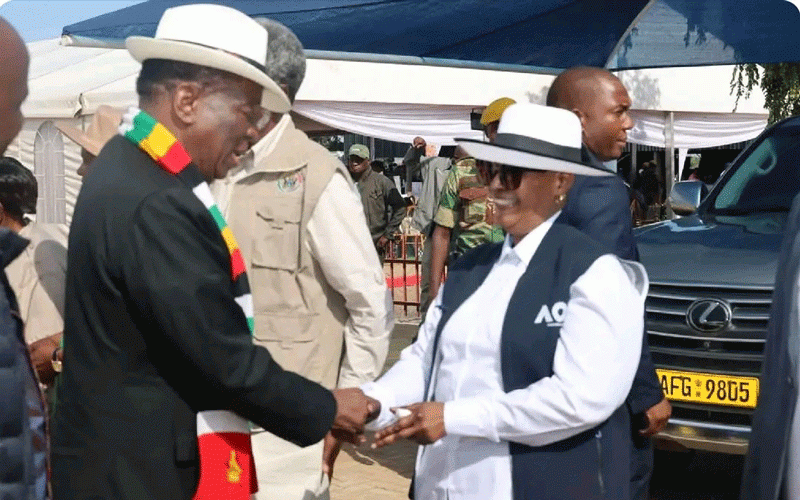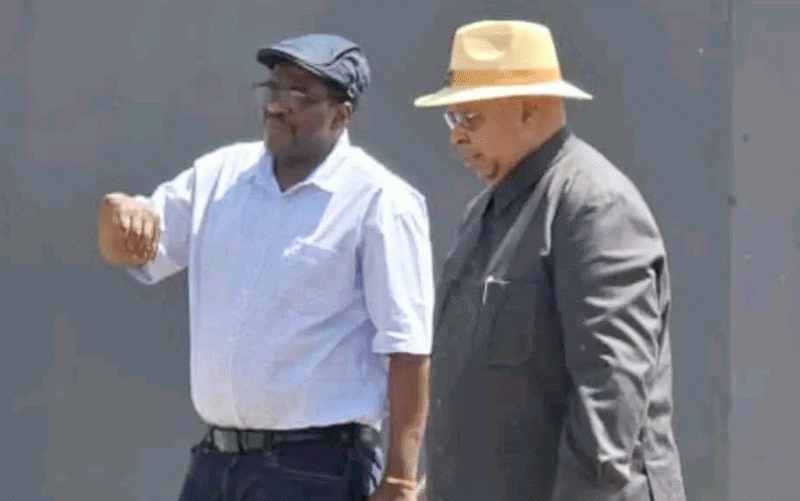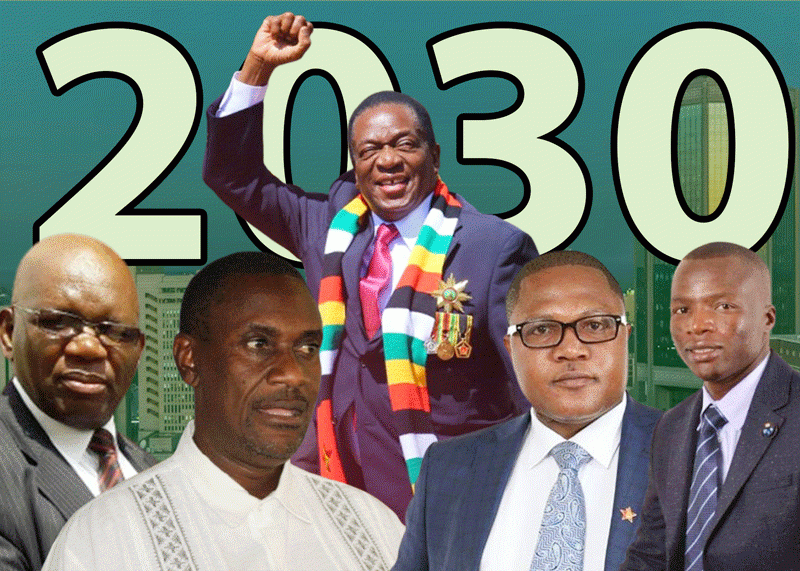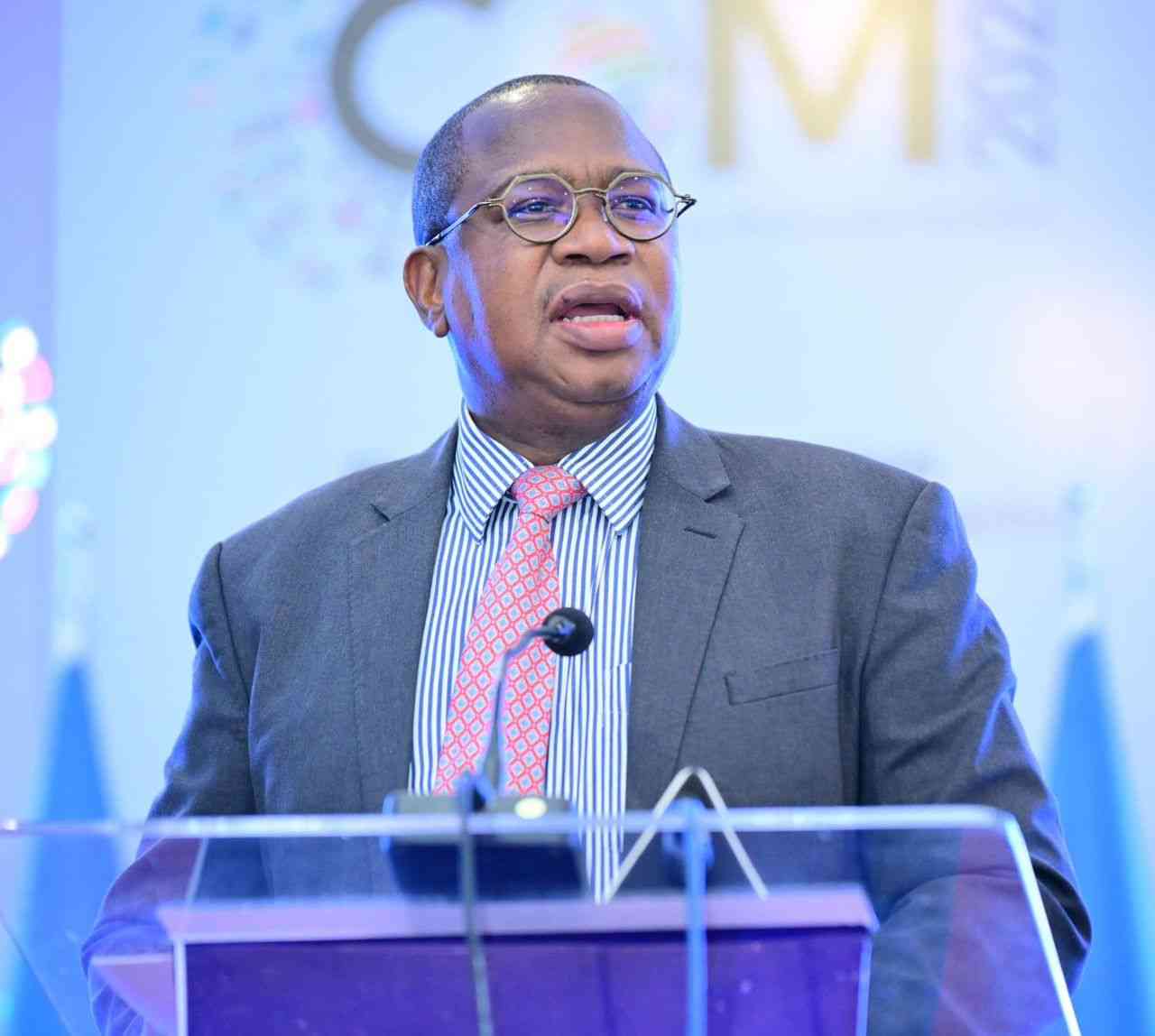ARTIFICIAL Intelligence (AI) is rapidly transforming creative industries, augmenting human creativity and generating original content across art, music, and literature. Generative AI tools like ChatGPT, Midjourney, and DALL-E are enabling creatives to enhance their workflows, spark new ideas, and produce content more efficiently.
Last week, we examined the impact of AI on cartoonists and found that the unique artistic expression and storytelling abilities of a talented cartoonist are elements that can set their work apart and continue to be valued even in a world with advanced AI technology. AI may even be used as a tool to enhance the work of cartoonists, providing new ways to create and present cartoons rather than replacing the skill entirely.
Engine Creative, a creative service agency based in Northampton, specialises in digital marketing, branding, and design. They say: "Artificial intelligence is no longer a new concept, but its level of sophistication, power and applications have grown immensely in the last year thanks to wider access to new tools.
"The creative industry has seen one of the biggest increases in new AI tools and perceptions of the technology vary from threatening to welcoming. From the global phenomenon of ChatGPT to the extraordinary visuals of Midjourney, AI tools are becoming more widely used.
“Creatives are discovering new ways of utilising or manipulating these AI tools to enhance workflow, simplify tasks or spark creativity."
Visual Arts
With the availability of these tools, AI algorithms can now create stunning images and even paintings that have sold for significant sums, like the"Portrait of Edmond Belamy" which fetched £346 000 (US$448 322) at auction. For 3D design, companies like Artomatix are using AI to automate up to 80% of the production process.
Music and literature
AI is being used to compose melodies, write lyrics, and even generate entire stories. This is opening up new possibilities for creative expression and allowing people without traditional artistic training to create innovative works.
Concerns
However, the rise of AI in creative fields also raises concerns. There are fears about job displacement, especially for entry-level positions. Additionally, questions around intellectual property rights and the authenticity of AI-generated art are emerging as important ethical considerations.
Opportunity
Despite these challenges, many in the creative industries view AI as a powerful tool rather than a threat. Creatives are adapting by focusing on higher-level skills like art direction, idea generation, and curation - areas where human judgement and experience remain crucial.
As AI continues to evolve, it is likely to become an integral part of the creative process, augmenting human creativity rather than replacing it entirely.
A paper entitled "Artificial Intelligence in the Creative Industries' by Nantheera Anantrasirichai and David Bull of University of Bristol, says, "We foresee that, in the near future, machine learning-based AI will be adopted widely as a tool or collaborative assistant for creativity.
In contrast, we observe that the successes of machine learning in domains with fewer constraints, where AI is the "creator", remain modest.
"We, therefore, conclude that, in the context of creative industries, maximum benefit from AI will be derived where its focus is human centric – where it is designed to augment, rather than replace, human creativity."
To stay relevant in an AI-driven market, writers should develop skills such as AI tool proficiency, data analysis, critical thinking, and advanced research.
Emotional intelligence, storytelling, and content strategy remain crucial human skills that AI struggles to replicate.
While AI is certainly disrupting the creative job market, it is not necessarily eliminating human roles entirely. Instead, it is reshaping the landscape, requiring adaptation and potentially creating new opportunities for those who can effectively work alongside AI tools, enhancing their productivity and creativity while maintaining their relevance in the evolving content creation landscape.
Based on the search results and recent developments in AI art generation, here is a comparison of AI-generated artworks to traditional artworks in terms of quality:
Technical quality: AI-generated art has rapidly improved in technical quality over the past few years. Tools like DALL-E, Midjourney, and Stable Diffusion can now produce high-resolution, visually impressive images that can rival professional human-created digital art in terms of detail, composition, and adherence to artistic styles.
Photorealism: Some AI tools, particularly DALL-E, excel at creating photorealistic images that can be nearly indistinguishable from actual photographs. This capability has raised concerns about the potential for creating deceptive or
misleading imagery.
Creativity and originality: While AI can create novel combinations and interpretations based on its training data, there is debate about whether AI-generated art can truly be considered "creative" or "original" in the same way human-created art is. AI art is fundamentally based on recombining and reinterpreting existing art, which some argue limits its true creative potential.
Emotional depth and intention: Traditional artworks often convey deep emotional resonance and artistic intention that stems from human experiences and perspectives. AI-generated art, while visually impressive, may lack this deeper emotional connection and intentionality.
Contextual understanding: Human artists can incorporate complex cultural, historical, and personal contexts into their work. AI, while improving, still struggles with nuanced contextual understanding, which can result in less meaningful or coherent artworks when dealing with complex themes.
Consistency and iteration: AI can rapidly produce multiple high-quality images based on prompts, allowing for quick iteration and exploration of ideas. This can be an advantage over traditional art processes in terms of speed and variety.
Perception and value: Studies have shown that people tend to judge artworks more positively when they believe they were created by humans rather than AI, even if the artworks are identical. This suggests that the perceived value and appreciation of art is influenced by knowledge of its creator.
Customisation and control: Some AI art tools offer extensive customisation options, allowing users to fine-tune various aspects of the generated images. However, traditional artists still maintain more precise control over every element of their work.
Uniqueness: While AI can create unique combinations, there is a concern that as these tools become more widespread, there may be a homogenisation of artistic styles and less truly unique artwork.
Legal and ethical considerations: AI-generated art raises complex questions about copyright, ownership, and the ethical use of training data, which don't apply to traditional artworks in the same way.
Conclusion
While AI-generated art has made remarkable strides in technical quality and can produce visually impressive results, it still faces challenges in matching the depth, intentionality, and emotional resonance of human-created art. The value and perception of AI art versus traditional art remain subjects of ongoing debate in the art world and broader society.
- Bangure is a filmmaker. He has extensive experience in both print and electronic media production and management. He is a past chairperson of the National Employment Council of the Printing, Packaging and Newspaper Industry. He has considerable exposure to IT networks and Cloud technologies and is an enthusiastic scholar of artificial intelligence. — naison.bangure@hub-edutech.com.





